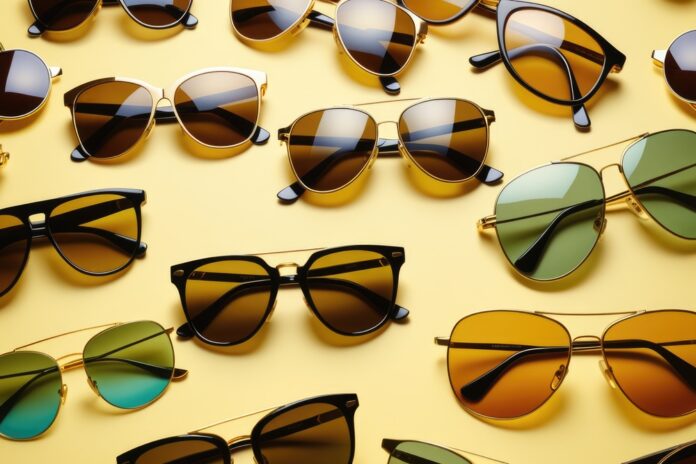The shoppers who really know fashion have changed the game for accessory retailers. Gone are the days when you could just dump some scarves near the register and call it good. Today’s style-obsessed customers expect more. Way more. And shops that get it right are cleaning up while others wonder where all their customers went.
Understanding Your Style-Conscious Customer
These folks are different. They don’t just grab whatever’s closest when they need a belt. They obsess over stitching nobody else notices. They’ll spend twenty minutes comparing two nearly identical bags because one has slightly better hardware. They splurge on expensive items but also brag about bargains. Makes no sense until you realize it’s not about the money. It’s about the hunt. The story. Being smarter than everyone else.
Watch them shop sometime. They pick things up, put them down, circle back. They’re building outfits in their heads. Testing combinations. Sometimes they leave empty-handed after an hour. Then they come back three days later and buy half the store because they figured out how it all works together.
Building a Curated Collection
Forget trying to stock everything. That’s amateur hour. Smart stores pick their battles. They know exactly who shops there and what those people want. Everything else? Let other stores deal with it. The people at OE Sunglasses explain that you need anchors first. The basics that work with everything. Think wayfarer sunglasses or aviators. These old reliables give nervous shoppers confidence. Once they trust you with the simple stuff, they’ll try the wild things.
Speaking of wild things, you need those too. But not too many. Stock three of something bizarre and wonderful. When they sell out, move on. That scarcity thing? It’s like catnip for fashion people. They’ll buy stuff they don’t even like just because it might disappear. Seasons matter, but don’t go crazy. Incorporate fall colors when leaves change. However, redoing everything four times a year? That leads to the unpopular clearance rack. Better to keep solid foundations and swap out maybe thirty percent for seasonal fun.
Creating an Experience That Sells
Stop organizing things like a library. Fashion people don’t think, “I need earrings,” and go to the earring section. They think moods, vibes, stories. Combine the bohemian accessories: bangles, scarves, and sandals. Give them the complete view.
Bad lighting kills sales faster than high prices. That expensive necklace looks like garbage under fluorescent tubes. Spring for decent lights. Make everything look touchable, wearable, desirable. Shadows and glare are your enemies here. Your staff needs to know their stuff without being annoying about it. Nobody wants a lecture on Italian leather tanning methods. But if someone asks why that bag costs more, they better have an answer beyond “it’s designer.” Train them to read the room. Sometimes customers want help. Sometimes they want to be left alone. Getting that wrong loses sales.
Marketing to the Style-Savvy
Stop selling and start talking. Desperation is evident. Customers want to feel like they found you, not the other way around. Tell them weird facts about your products. Show them behind-the-scenes stuff. Make them feel like insiders. Your social media can’t look like everyone else’s. Forget perfect product shots on white backgrounds. Show real people wearing your stuff to get coffee. Messy, authentic, relatable beats polished and boring. And when people comment? Actually respond like a human being would.
Conclusion
Fashion lovers are not easily impressed. They are high maintenance. But if won over, they become great advertisers. They share with friends, post photos, and generate organic hype. There’s no magic formula. Pay attention, take risks, and understand fashion consumers. Succeed here, and your accessories will shine.

